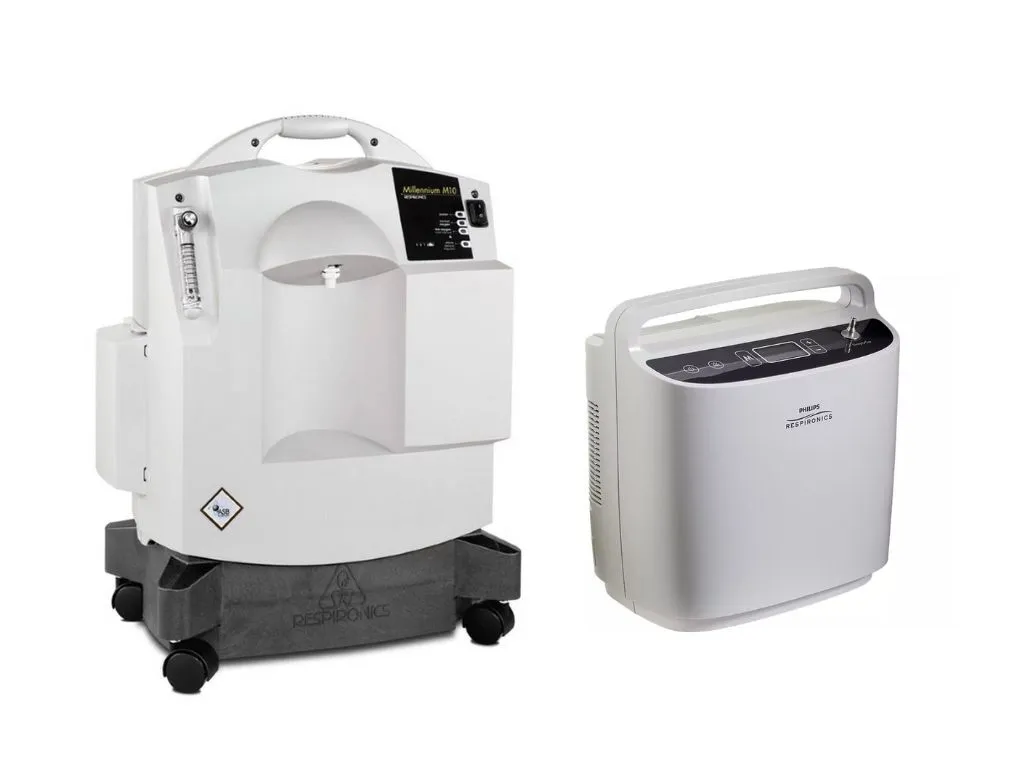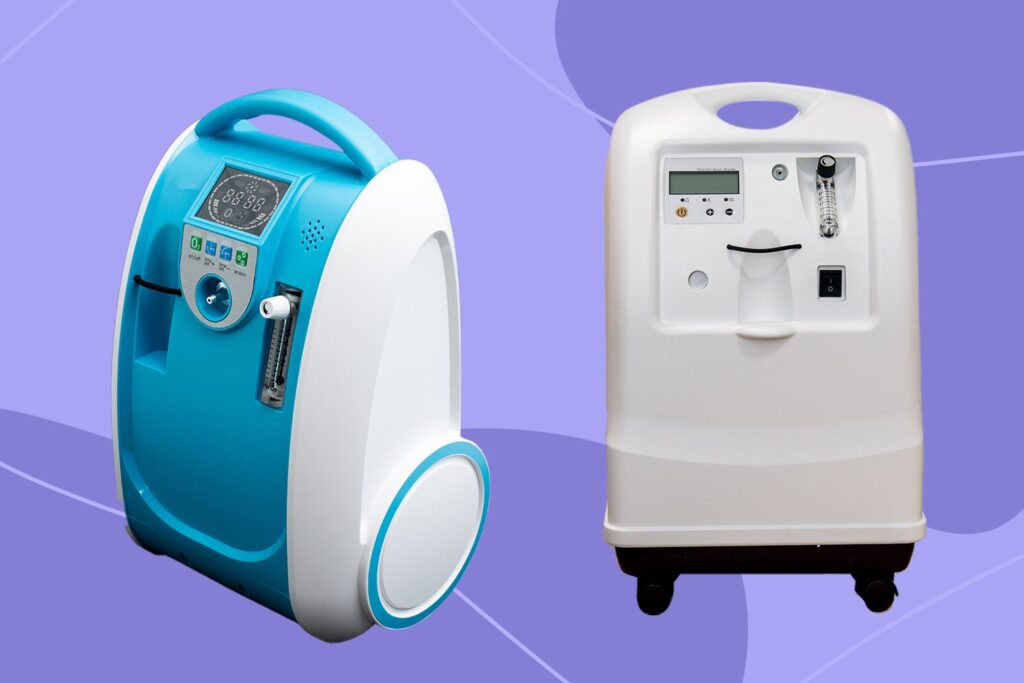Oxygen therapy serves as a vital lifeline for millions of patients managing respiratory and cardiovascular conditions. When your lungs struggle to deliver adequate oxygen to your bloodstream, supplemental oxygen becomes essential for maintaining your health and quality of life. Conditions such as chronic obstructive pulmonary disease (COPD), pulmonary fibrosis, heart failure, and severe asthma often require ongoing oxygen support to help patients breathe more comfortably and reduce strain on their cardiovascular system.
The financial aspect of oxygen therapy can feel overwhelming when you’re already dealing with health challenges. Understanding oxygen therapy expenses helps you make informed decisions about your treatment options whilst managing your budget effectively. The costs associated with oxygen machine, supplies, and ongoing maintenance vary significantly depending on your specific needs, equipment choices, and insurance coverage.
This comprehensive guide breaks down the oxygen cost landscape, from initial equipment expenses to long-term supply requirements. You’ll discover the price differences between purchasing and renting oxygen machines, explore various oxygen supplies needed for effective therapy, and learn how Medicare and private insurance can impact your out-of-pocket expenses. Armed with this knowledge, you can work with your healthcare provider to choose the most cost-effective oxygen therapy solution for your situation.
Understanding Oxygen Therapy and Its Necessity
Oxygen therapy is a crucial medical treatment for patients whose bodies cannot naturally maintain sufficient oxygen levels. This therapy becomes necessary when your lungs have difficulty absorbing enough oxygen from the air or when your cardiovascular system is unable to efficiently circulate oxygen throughout your body.
Medical Conditions Requiring Oxygen Support
Several lung diseases require additional oxygen therapy. COPD (Chronic Obstructive Pulmonary Disease) is one of the most common conditions, affecting millions of patients who struggle to breathe due to damaged airways and air sacs. Asthma patients may need oxygen during severe attacks when their airways become severely narrowed.
Heart conditions also often necessitate oxygen supplementation. When your heart cannot effectively pump blood, tissues receive insufficient oxygen, making additional therapy crucial for maintaining organ function. Other conditions include:
- Pulmonary fibrosis
- Pneumonia
- Sleep apnoea
- Cystic fibrosis
- Pulmonary oedema
Delivery Methods Across Different Settings
Oxygen delivery methods differ significantly between home use and hospital environments. Hospitals typically use wall-mounted systems that provide continuous, high-flow oxygen through various mask types or nasal cannulas. Home oxygen therapy relies on portable concentrators, stationary units, or compressed gas cylinders, allowing patients to continue their treatment while maintaining independence.
Impact on Quality of Life
Oxygen machines greatly improve daily life for patients with breathing difficulties. When your body receives enough oxygen, you may experience higher energy levels, better sleep quality, and improved cognitive function. Many patients report being able to engage in activities they previously found tiring, such as simple household chores or social events, bringing back a sense of normalcy to their lives.
Types of Oxygen Machines and Supplies
When you need oxygen therapy, understanding the different equipment options helps you make informed decisions about your treatment. The market offers several distinct types of oxygen delivery systems, each designed to meet specific patient needs and lifestyle requirements.
Stationary Equipment Options
Oxygen concentrators represent the most common home-based solution. These electric-powered machines extract oxygen from ambient air, delivering concentrated oxygen directly to you through tubing. Stationary concentrators typically provide higher flow rates and run continuously, making them ideal for patients who spend most of their time at home.
Liquid oxygen systems store oxygen in liquid form within insulated containers. These systems can fill portable units, offering flexibility for patients who need oxygen both at home and during outings. The liquid converts to gas as you breathe, providing a steady oxygen supply.
Gaseous oxygen tanks contain compressed oxygen gas and come in various sizes. Large tanks serve as stationary solutions, while smaller cylinders offer portability for short trips.
Portable Solutions
Portable oxygen concentrators revolutionise mobility for oxygen patients. These battery-powered devices weigh between 2-10 pounds and allow you to maintain active lifestyles whilst receiving therapy. Unlike stationary units, portable concentrators often use pulse-dose delivery, providing oxygen only when you inhale.
Essential Accessories
Your oxygen therapy requires additional supplies for optimal function:
- Tubing: connects your oxygen source to nasal cannulas or masks
- Humidifiers: add moisture to prevent nasal dryness and irritation
- Nasal cannulas and oxygen masks for comfortable delivery
- Filters and replacement parts for equipment maintenance
Each component plays a crucial role in ensuring effective, comfortable oxygen therapy tailored to your specific medical requirements.
Cost Breakdown of Oxygen Machines and Equipment Rentals vs. Purchases
Understanding the financial commitment involved in oxygen therapy helps you make informed decisions about your respiratory care. The home oxygen concentrator price varies significantly based on features, capacity, and brand reputation, with new units ranging from £475 to £1,600. Basic stationary concentrators typically fall at the lower end of this spectrum, whilst advanced models with enhanced features command higher prices.
Portable oxygen concentrator cost structures differ considerably from stationary units. These devices generally start around £800 and can exceed £2,500 for premium models with extended battery life and lightweight designs. The portability factor significantly impacts pricing, as manufacturers incorporate sophisticated technology to maintain oxygen purity whilst reducing device weight.
Rental Arrangements: A Comprehensive Solution
Most patients opt for rental agreements that span 36 months, providing a complete package that includes:
- The oxygen concentrator machine
- Essential accessories (tubing, cannulas, filters)
- Regular maintenance and servicing
- Technical support and emergency replacements
- Delivery and setup services
These rental packages typically cost between £80-£150 monthly, depending on your specific oxygen requirements and equipment type. The rental model eliminates large upfront investments whilst ensuring you receive properly maintained equipment throughout your therapy period.
Liquid oxygen system price considerations add another dimension to your decision-making process. These systems require regular refills, with costs varying based on your oxygen consumption rate and local supplier pricing. Monthly liquid oxygen expenses can range from £100-£300, making this option more suitable for patients with higher oxygen demands.
Rental agreements often prove more economical for patients requiring oxygen therapy for extended periods. The monthly fee covers equipment replacement if devices malfunction, regular filter changes, and technical support – services that would incur additional costs with purchased equipment. This comprehensive approach ensures uninterrupted therapy without unexpected maintenance expenses disrupting your budget planning.
Understanding Medicare Coverage for Oxygen Therapy Equipment and Hospital Treatments
Medicare Part B provides essential coverage for home oxygen therapy when you meet specific medical criteria. Your doctor must document that your blood oxygen levels fall below certain thresholds, typically requiring arterial blood gas tests or pulse oximetry readings to qualify for coverage.
Medicare Part B Coverage Details:
- Covers 80% of approved rental costs after you meet the annual deductible
- You pay 20% coinsurance after the £257 deductible in 2025
- Includes oxygen concentrators, portable units, and necessary supplies
- Covers liquid oxygen systems when medically appropriate
The coverage structure operates on a rental basis for the first 36 months. During this period, Medicare pays for equipment maintenance, repairs, and replacement if needed. You receive new supplies like tubing, cannulas, and filters as part of the covered service.

Extended Coverage Benefits:
Medicare Advantage plans often provide enhanced benefits beyond traditional Medicare Part B. These plans may extend coverage up to five years without additional charges when oxygen therapy remains medically necessary. Your healthcare provider must continue to document your ongoing need through regular assessments and blood oxygen monitoring.
After the initial 36-month rental period under standard Medicare, you gain ownership of the equipment. The supplier must continue providing maintenance and servicing for an additional 24 months, though you’ll need to purchase consumable supplies like tubing and masks separately.
Coverage Requirements:
- Prescription from your treating physician
- Documentation of qualifying blood oxygen levels
- Regular follow-up appointments to confirm continued medical necessity
- Compliance with supplier requirements for equipment maintenance
Medicare covers both stationary and portable oxygen equipment when prescribed, ensuring you maintain mobility whilst receiving necessary therapy.
Additional Costs Associated with Oxygen Therapy and Factors Influencing Overall Expenses
Rental agreements typically include maintenance services within the monthly fee during your initial contract period. This comprehensive coverage protects you from unexpected repair fees and ensures your equipment functions properly without additional charges. Most suppliers handle routine servicing, equipment checks, and emergency repairs as part of their standard rental package.
The financial landscape changes significantly once your rental period expires. You may face substantial costs if you decide to switch suppliers or purchase equipment independently. Accessory replacement costs become your responsibility, including:
- Nasal cannulas and masks requiring regular replacement
- Oxygen tubing that deteriorates over time
- Filters and humidifier components
- Battery replacements for portable units
Geographic location influences your expenses considerably. Urban areas often provide competitive pricing due to multiple supplier options, whilst rural regions may have limited choices and higher delivery costs. Your usage patterns directly impact monthly expenses – patients requiring continuous oxygen face higher costs than those needing intermittent therapy.
Equipment age and technology affect long-term expenses. Newer concentrators typically offer better energy efficiency, reducing electricity bills. Older models may require frequent repairs and consume more power, increasing your total cost of ownership.
Insurance coverage variations create significant expense differences between patients. Those with comprehensive plans experience minimal out-of-pocket costs, whilst others face substantial monthly payments depending on their policy limitations and deductible requirements.
Choosing the Right Oxygen Equipment Based on Cost Considerations
Patient budget planning requires careful evaluation of your specific circumstances and financial capacity. You need to assess whether rental or purchase options align better with your long-term healthcare needs and available resources.
Rental vs Purchase Decision Matrix
Rental makes sense when you:
- Require oxygen therapy for less than three years
- Prefer predictable monthly payments
- Want maintenance and technical support included
- Need flexibility to upgrade equipment as your condition changes
Purchasing becomes cost-effective when you:
- Anticipate long-term oxygen dependency (5+ years)
- Have upfront capital available
- Want complete ownership and control
- Can manage your own maintenance arrangements
Mobility Requirements Impact Equipment Choice
Your lifestyle and mobility needs directly influence equipment selection. Stationary concentrators suit patients who spend most time at home, whilst portable units accommodate active lifestyles but command higher prices. You should evaluate your daily routines, travel frequency, and independence requirements when making this decision.
Selecting Reputable Suppliers
Air Liquide Healthcare exemplifies quality service provision with their established network across 152 diagnostic and therapy locations. When choosing suppliers, you should prioritise companies offering:
- Comprehensive maintenance programmes
- 24/7 technical support
- Flexible payment arrangements
- Quality equipment from recognised manufacturers
- Transparent pricing without hidden fees
Cost-effective oxygen solutions emerge from partnering with suppliers who understand your unique requirements and offer tailored service packages that match your budget constraints whilst maintaining clinical effectiveness.

Conclusion
Understanding oxygen expenses requires careful consideration of your unique medical needs and financial circumstances. You deserve access to quality respiratory care that doesn’t compromise your budget or health outcomes.
Your healthcare provider remains your most valuable resource when navigating oxygen therapy costs. They can help you understand which equipment best suits your condition and connect you with suppliers offering competitive pricing. Don’t hesitate to discuss financial concerns openly – many providers offer payment plans or can direct you to assistance programmes.
Informed decision making in healthcare costs means weighing the benefits of rental flexibility against long-term purchase savings. You might find rental arrangements provide peace of mind through included maintenance and equipment upgrades, whilst purchasing offers greater control over your therapy costs.
Quality care shouldn’t be sacrificed for cost savings. Reputable suppliers like Air Liquide Healthcare demonstrate that you can access reliable equipment and professional support whilst managing expenses effectively. Their extensive network across Australia ensures you receive consistent care regardless of your location.
Take time to research your options thoroughly. Your respiratory health investment today directly impacts your quality of life tomorrow.
More to Read : EverFlo Concentrator Price & Value Compared to Other Oxygen Machines

